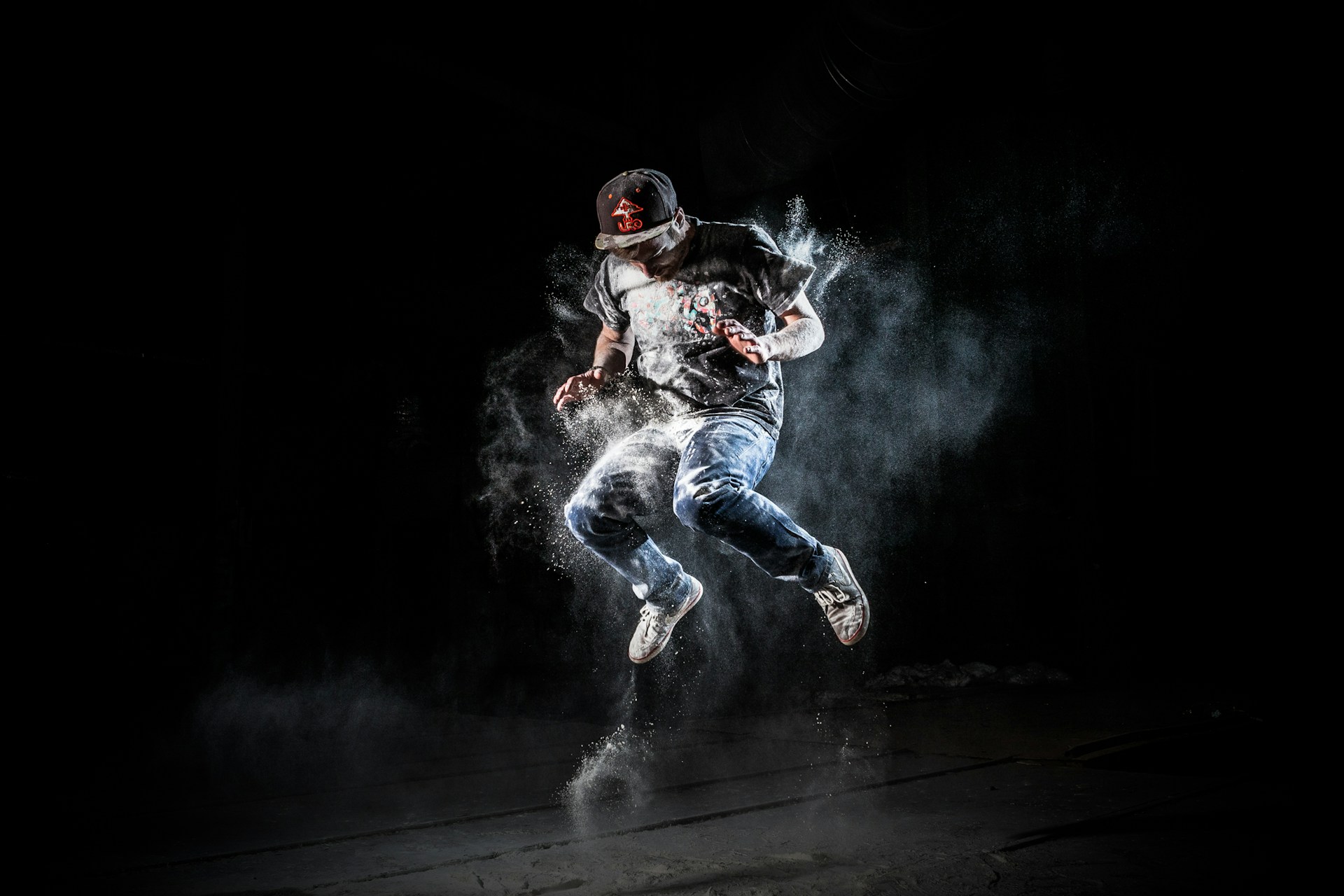Dance challenges have become a pervasive phenomenon in the realm of social media, captivating audiences worldwide with their infectious rhythms and catchy moves. From the early days of viral videos to the global sensation of platforms like TikTok, the evolution of dance challenges has been nothing short of remarkable.
About Dance Challenges
Dance challenges have emerged as a vibrant and dynamic form of expression within the realm of social media. They encapsulate a diverse range of choreographed routines or spontaneous movements that individuals or groups perform and share across various online platforms. These challenges have become immensely popular, captivating audiences worldwide with their entertainment value and the unique sense of community they foster among participants.
Participating in dance challenges offers individuals an opportunity to showcase their creativity, talent, and passion for dance in a fun and engaging way. Whether it’s mastering a choreographed routine or improvising their own moves, participants are able to express themselves authentically while connecting with others who share their love for dance. Additionally, the interactive nature of dance challenges encourages collaboration and camaraderie among participants, fostering a supportive and inclusive online community.
The Origins: Dance Challenges in Social Media
- Early Days of Social Media: Dance challenges find their roots in the early days of social media when users began sharing videos of themselves performing choreographed dances.
- Organic Beginnings: These challenges often started organically, with one user initiating a dance routine and challenging others to replicate it.
- Rapid Growth: As social media platforms gained popularity, so did the reach of these challenges. What began as a niche activity soon transformed into a global phenomenon, with dance challenges going viral and garnering millions of views within hours of being posted.
The Renegade Challenge: A Game Changer
- Emergence on TikTok: Unlike its predecessors, the “Renegade” challenge emerged on the video-sharing platform TikTok in late 2019, capturing the attention of users worldwide.
- Creator and Concept: Created by then 14-year-old Jalaiah Harmon, the Renegade challenge features a series of intricate hand and body movements set to the song “Lottery” by K Camp.
- Viral Nature: What set the Renegade apart was its viral nature, with users across TikTok creating their own interpretations of the dance and sharing them with the hashtag #RenegadeChallenge.
Evolution Beyond TikTok: Global Participation
| Aspect | Description | Impact |
| Expansion to Other Platforms | The Renegade challenge didn’t remain confined to TikTok but spread to other social media platforms like Instagram, Twitter, and YouTube. | Increased visibility and accessibility of the challenge across platforms. |
| International Adoption | Users from diverse geographical locations embraced the Renegade challenge, putting their own unique spin on the dance and participating in the trend. | Demonstrated the universal appeal of dance challenges beyond cultural boundaries. |
| Uniting Diverse Backgrounds through Dance | The Renegade’s popularity showcased how dance can serve as a unifying force, bringing people from different backgrounds together through a shared passion. | Fostered a sense of community and connectivity among participants globally. |
While TikTok served as the breeding ground for the Renegade challenge, its popularity transcended the confines of the platform. The challenge soon spread to other social media sites, including Instagram, Twitter, and YouTube, where users from around the world put their own spin on the dance.
The Renegade’s global appeal highlighted the power of social media in connecting people across geographical and cultural boundaries. What started as a simple dance challenge on TikTok became a worldwide phenomenon, uniting people from diverse backgrounds through the universal language of dance.
Challenges as Cultural Artifacts
| Aspect | Description | Impact |
| Influence on Music and Fashion Trends | Dance challenges have a significant impact on music and fashion trends, with songs featured in challenges experiencing a surge in popularity. | Provides a platform for artists and fashion brands to reach a wider audience. |
| Reflection of Societal Movements | Dance challenges often mirror the prevailing societal trends and movements, serving as a reflection of the cultural zeitgeist. | Offers insights into the collective interests and values of society at a given time. |
| Brand Collaborations and Marketing Opportunities | Brands leverage the visibility of dance challenges by collaborating with influencers to showcase their products in viral videos. | Creates marketing opportunities for brands to engage with a younger, digitally savvy audience. |
Beyond their entertainment value, dance challenges have emerged as cultural artifacts that reflect the zeitgeist of their time. From influencing music and fashion trends to capturing the spirit of societal movements, dance challenges serve as barometers of popular culture.
The songs featured in dance challenges often experience a surge in popularity, with artists and record labels leveraging the trend to promote their music. Similarly, fashion brands have capitalized on the visibility of dance challenges by partnering with influencers to showcase their clothing in viral videos.
Dance Challenges and Brand Engagement
The surge in popularity of dance challenges hasn’t escaped the notice of brands seeking to connect with consumers in the realm of social media. Recognizing the massive reach and engagement potential of these challenges, numerous companies have stepped in to sponsor or collaborate with influencers participating in dance challenges. This strategic move not only increases the visibility of brands but also enhances their connection with the audience, especially with younger, digitally savvy demographics who actively engage with such content on social media platforms.
Aligning with popular dance challenges enables brands to tap into the cultural zeitgeist and resonate with audiences on a deeper level. By associating themselves with these viral phenomena, brands can seamlessly integrate themselves into the conversations and interests of their target demographic. Whether through sponsoring challenge creators or launching their own branded challenges, companies are finding innovative ways to leverage the captivating power of dance to enhance their brand image and engage with consumers in meaningful ways.

